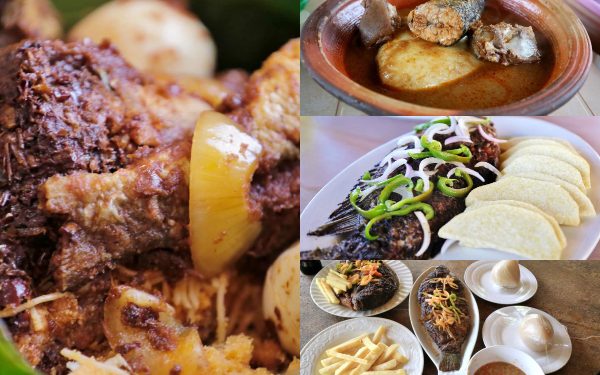Ghana has emerged as the fifth most expensive country in Africa for dining out in 2025, according to the latest Restaurant Price Index released by Numbeo, a global platform that compiles costs-of-living data from cities worldwide.
The index, which benchmarks restaurant prices against New York City (set at 100), gave Ghana a score of 30.1, meaning that on average, dining out in Ghana costs about 30% of what it would in New York City.
This marks a significant jump from the country’s 10th place ranking in 2024, underscoring the rapid evolution — and rising cost — of the Ghanaian dining scene.
Accra leads the culinary boom
From the steamy food joints of Kantamanto to high-end restaurants in East Legon, Ghana’s restaurant culture has become more vibrant and diverse.
In Accra, upscale eateries like La Chaumière, Santoku, Skybar25, and Tatale now rub shoulders with beloved roadside vendors dishing out smoky chinchinga and spicy waakye.
Trendy fusion spots have also emerged, combining West African ingredients with global techniques.
At restaurants like Midunu, founded by renowned chef Selassie Atadika, diners are offered an experience that blends traditional Ghanaian flavours with gourmet innovation — a concept that’s driving up both culinary standards and costs.
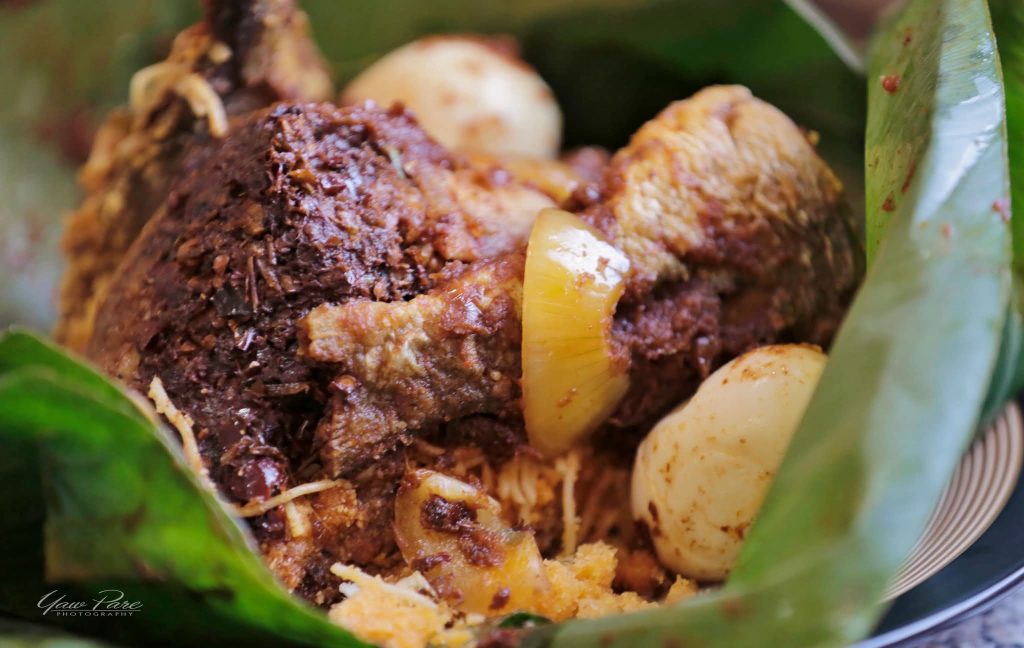
Kumasi and Takoradi are also seeing a transformation, with more restaurants adopting contemporary decor, international menus, and digital service options.
The result? An elevated dining experience that’s also hitting consumers’ pockets harder.
Beyond jollof and tilapia
Traditional dishes remain central to Ghanaian identity, but there’s a noticeable shift in how they are presented and priced.
A simple meal of banku and grilled tilapia, once reserved for chop bars and roadside grills, is now served in polished settings with a side of avocado salad or balsamic-glazed vegetables — at two or three times the price.
A plate of jollof rice in a mid-range restaurant today can easily cost GH₵80 to GH₵120, especially in establishments catering to the middle and upper classes, expatriates, or tourists in Ghana.
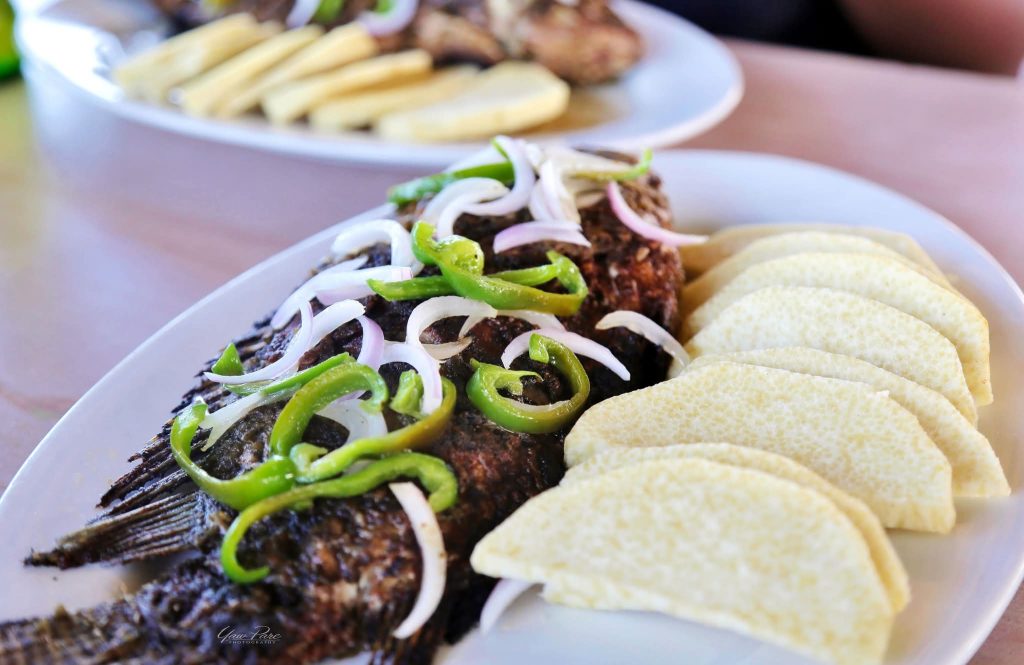
Gourmet versions of local stews, light soup, and even koko (porridge) are appearing on curated menus with premium pricing to match.
The price of lifestyle and prestige
As Ghana’s middle class grows and urban lifestyles shift toward convenience and aesthetic appeal, eating out is no longer just about food — it’s about experience, status, and social interaction.
The rise of luxury rooftop bars, cocktail lounges, and members-only dining clubs — many inspired by international trends — has helped drive up the average cost of a meal.
Delivery services like Bolt Food, Eziban among others have further normalized the convenience of spending on food outside the home.
Eating out as a reflection of urban life
The sharp rise in restaurant costs in Ghana mirrors larger lifestyle and economic trends. With more Ghanaians living in cities and engaging in time-intensive careers, dining out has become more than a leisure activity — it’s an essential part of modern urban living.
Moreover, the post-pandemic surge in hospitality investment, paired with Ghana’s positioning as a gateway to West Africa, has led to an influx of restaurant ventures catering to both locals and foreigners.
But the rising costs also raise questions about affordability. For many Ghanaians, particularly in a country still grappling with economic recovery, eating out is becoming increasingly inaccessible.
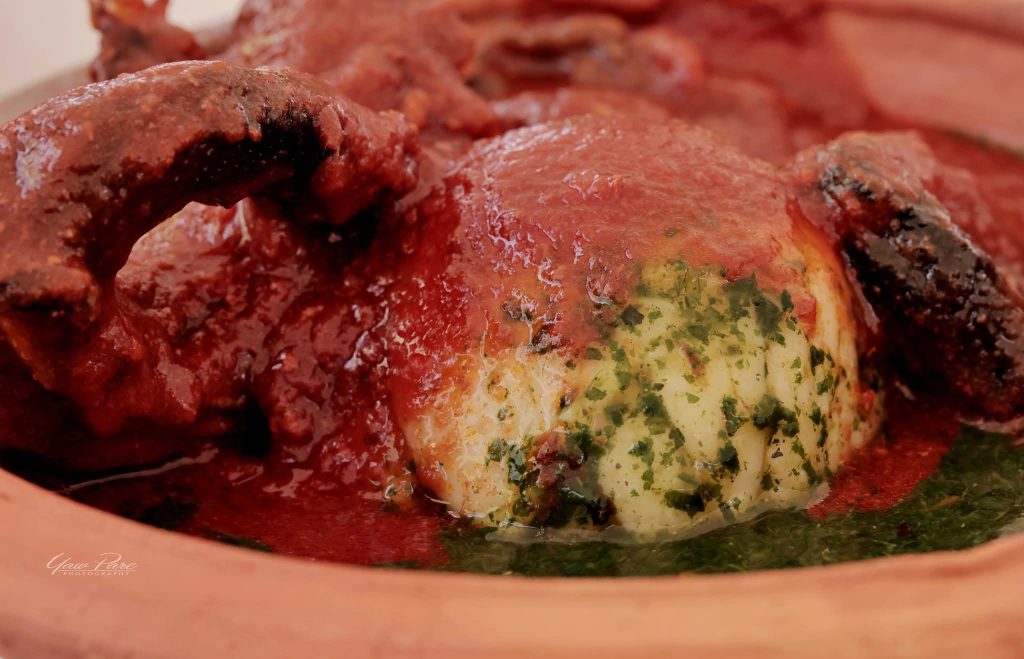
- Cameroon — Index: 42.2
Cameroon remains Africa’s priciest country for dining out. Cities like Douala and Yaoundé are hubs for a wide range of eateries serving dishes like ndolé, Poulet DG, and ekwang.
International restaurants, wood-fired pizzerias, and lively lounges like Boukarou showcase the country’s love for diverse flavours and dining experiences, from hearty local stews to fusion plates and live music venues.
- Mozambique — Index: 37.1
Mozambique held steady in 2nd place, despite a slight drop in its index.
Its cuisine weaves together Portuguese and African influences, with bold dishes like Frango à Zambeziana (spicy coconut chicken) and matata seafood stews.
Maputo remains the country’s culinary hub, with waterfront spots like Cais 66 and fine dining options like SALT attracting both locals and tourists keen to sample fresh, aromatic seafood.
- Zimbabwe — Index: 33.2
Zimbabwe’s restaurant scene saw one of the sharpest jumps, moving to 3rd from 8th.
In Harare and Bulawayo, more places now pair local staples like sadza and peanut sauces with global comfort food.
Fine dining institutions like Victoria 22 and casual eateries like Alo Alo show how the country’s tastes are shifting to meet rising expectations.
- Ivory Coast — Index: 32.2
Ivory Coast moved up a spot to 4th, thanks to higher dining costs in urban centres such as Abidjan and Bouaké.
Locals savour dishes like attiéké with fried tuna (garba), sauce feuille, and kédjénou chicken.
Many restaurants, including rooftop lounges like The Rooftop Abidjan, offer sweeping skyline views and menus combining Ivorian classics with international favourites.
- Ghana — Index: 30.1
Ghana made a big leap from 10th to 5th, reflecting an energetic dining boom in cities like Accra, Kumasi, and Takoradi.
From waakye and peanut soup to grilled tilapia, Ghana’s food scene is steeped in robust flavours and starchy staples.
Accra’s restaurants now span everything from high-end continental cuisine at La Chaumiere to trendy fusion spots blending West African ingredients with global techniques.
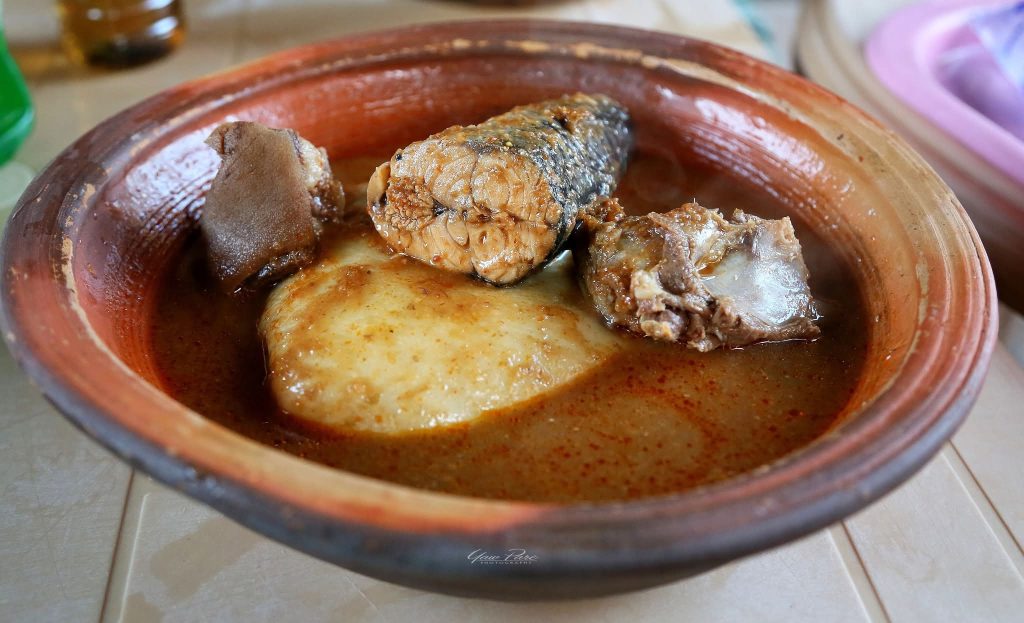
- Mauritius — Index: 29.9
Mauritius climbed to 6th place this year, fuelled by steady price increases in hotspots like Port Louis and Flic-en-Flac.
The island’s food is famously diverse, blending Indian, Chinese, African, and European influences into plates of biryani, dholl puri, boulettes, and fish vindaye.
Upmarket venues such as Le Château de Bel Ombre merge gourmet dining with colonial-era charm and ocean views, while bustling street vendors keep local favourites alive.
- South Africa — Index: 29.3
Although South Africa slipped from 4th to 7th, it remains one of the continent’s more expensive countries for dining out.
Its food reflects centuries of indigenous, Dutch, and Asian influences.
Cape Town’s waterfront eateries like Karibu pair ocean vistas with dishes such as bobotie and braai platters.
Johannesburg and Durban offer everything from street grills to fine dining, showcasing a rich mix of traditions — from biltong and vetkoek to bunny chow and Cape Malay curries.
- Namibia — Index: 28.9
Namibia dropped slightly to 8th place, though its index edged up from 27.4.
Local menus often feature game meats such as kudu and oryx, alongside German-inspired classics like pretzels and sausages — a nod to its colonial past.
In Swakopmund, The Tug Restaurant serves fresh coastal catches with ocean views, while Windhoek’s Droombos champions farm-to-table dining with ingredients harvested onsite.
From Rundu’s traditional bullfrog delicacies to Lüderitz’s seafood kitchens, Namibia’s culinary scene mirrors its vast landscapes and cultures.
- Kenya — Index: 25.0
Kenya’s average restaurant costs rose sharply, pushing it from 19th place in 2024 to 9th this year.
Its diverse cuisine includes ugali, nyama choma (grilled meat), and coastal seafood like samaki wa nazi.
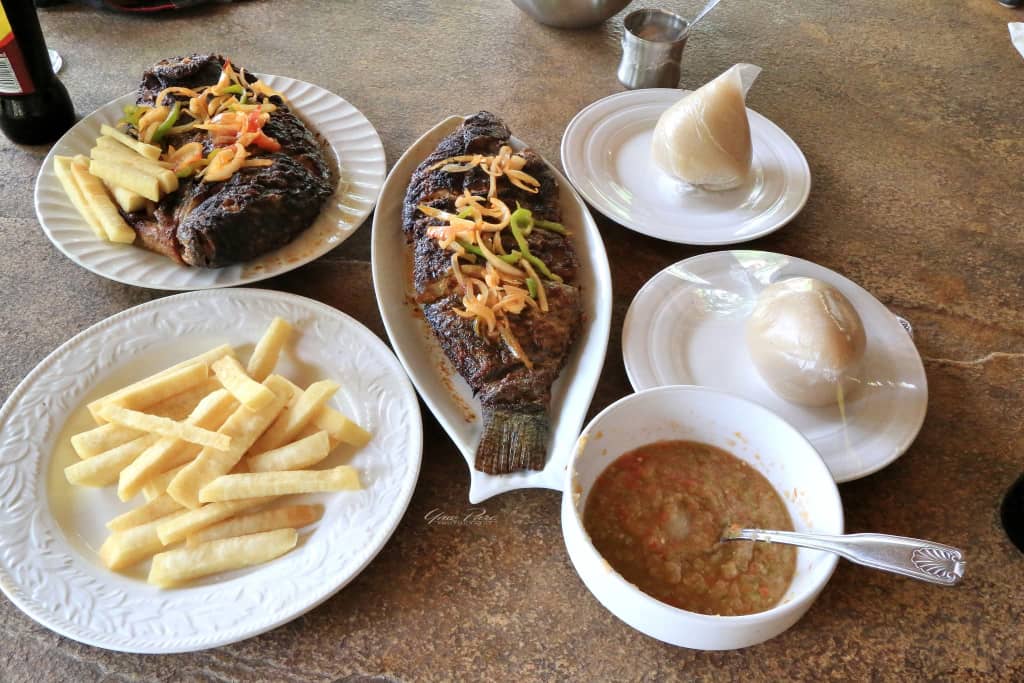
Nairobi is home to standout spots like Mawimbi for seafood and Tamarind Brasserie for a relaxed garden dining experience.
From Mombasa’s beachside grills to Kisumu’s street food and modern eateries, Kenya’s dining culture continues to expand alongside urban growth and tourism.
- Botswana — Index: 24.9
Botswana moved up to 10th place this year from 11th in 2024. Its dining scene is an inviting blend of traditional dishes and international influences, especially in cities like Gaborone, Francistown, and Maun.
Local favourites such as seswaa (slow-cooked shredded beef) and bogobe (maize porridge) are still staples at lunch tables.
Popular urban eateries range from Sanitas in Gaborone, celebrated for its garden vibe and fresh pizzas, to Barbara’s Bistro in Francistown, known for its hearty steaks.
In Maun, many restaurants cater to tourists heading to the Okavango Delta, offering menus that blend local and global fare.

